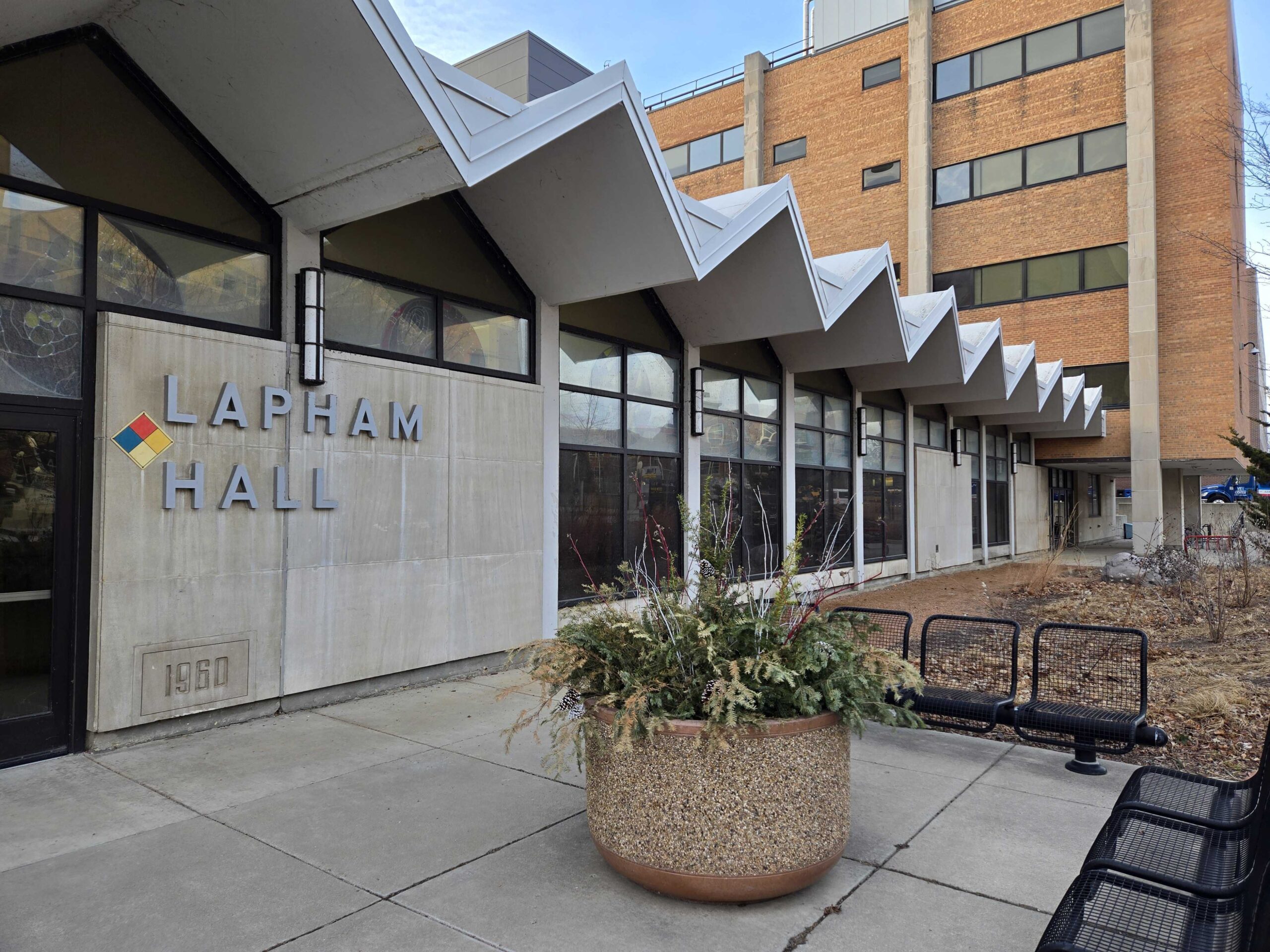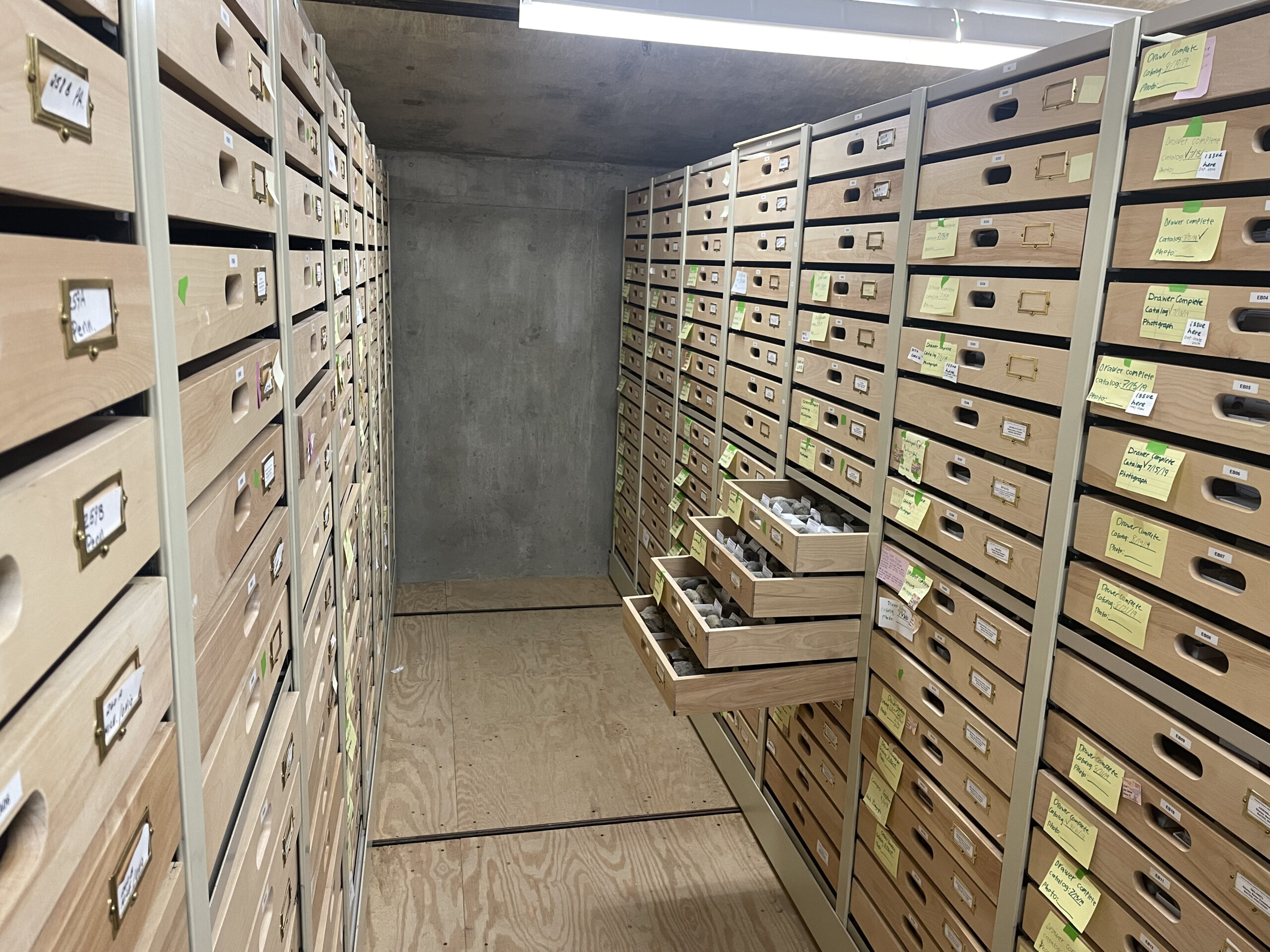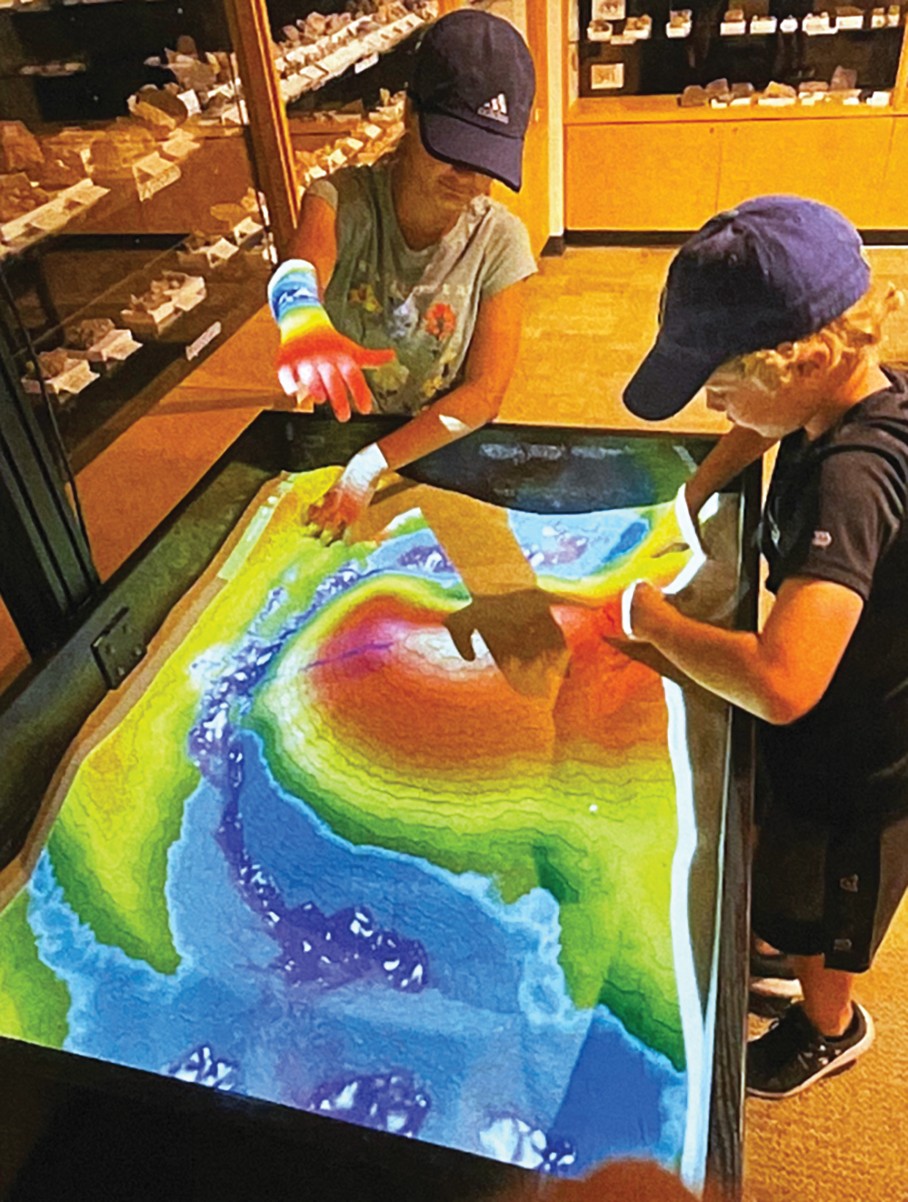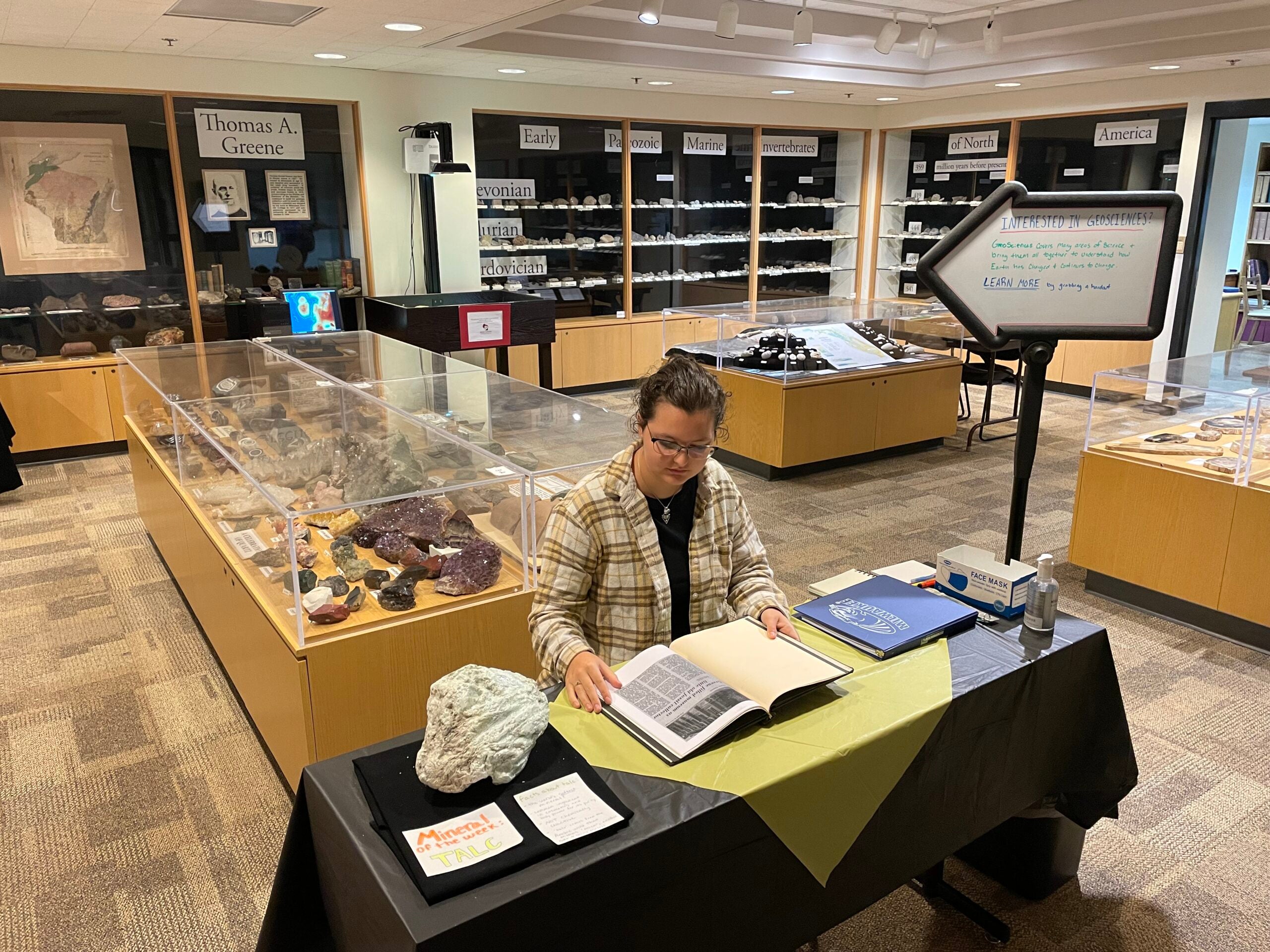Wisconsin is home to a one-of-a-kind fossil collection that’s getting international attention.
The Thomas A. Greene Geological Museum at the University of Wisconsin-Milwaukee was recently designated a Geological Heritage Geo-Collection, one of only 11 in the world and the first in the United States.
The International Union of Geological Sciences has given a similar designation to geologically significant sites like the Grand Canyon. Now, it is moving to recognize unique fossil collections, and Milwaukee is one of the first to make the list.
Stay informed on the latest news
Sign up for WPR’s email newsletter.
Rob Graziano, who teaches geosciences at UW-Milwaukee and has managed the Greene collection for 20 years, told WPR’s “Wisconsin Today” it’s a turning point for the museum.
“We’re very excited for this designation. This is recognizing this collection and its international significance to the global paleontology community,” he said.
“The collection was collected at a significant time in the 1860s to the 1890s and in a specific location geographically in Milwaukee down to the Chicago area,” he added. “And that’s what got us this international designation, because it’s still an intact collection from this unique time period and this unique location.”

Graziano said the collection is a “time capsule” of 19th-century fossil collecting. It’s a unique history that has been preserved through both the specimens and original paperwork in Greene’s handwriting tracing the chains of ownership.
The collection is also notable for its size, containing roughly 55,000 fossils — mostly brachiopods from the Silurian Period more than 400 million years ago — and about 12,000 minerals, including red amethysts from the shores of Lake Superior.
“I’ve been down in the collection on and off for 20 years, and every time I show a visitor the collection, I open a drawer and I say, ‘There are dissertations and theses waiting to happen,’” Graziano said. “Every time, I swear, I open a new drawer that I haven’t seen — there’s that many fossils.”

The museum is named after Thomas A. Greene, a pharmaceutical businessman and amateur geologist who lived in Milwaukee in the mid-1800s and owned several quarries in the area.
“He was able to start collecting fossils from these quarries, and the rumor is he paid his workers to collect some fossils for him,” Graziano said. “He is renowned now as a ‘gentleman paleontologist’ of the era. He was not a trained paleontologist, but a local person who was interested in collecting local fossils and bartering and trading minerals from different locations.”
Graziano explained this style of collecting fossils is no longer possible in part because many of the old quarry sites have now been urbanized or are private property. Even for quarries that are still functioning, nowadays the rocks are crushed and grinded down to a small size by machines rather than sorted by hand as they were at the time Greene was building his collection.
Another unique thing about Greene’s method is that he would collect lots of specimens of one species, even common ones like trilobites, a practice that is now valuable to researchers.
“A lot of collectors would only have one or two nice specimens of a particular species, and Green had drawers full of the same thing,” said Don Mikulic, a retired senior paleontologist who advocated for the Greene collection to receive the distinction. “Even back in the 1800s it was recognized that his collection was exceptional in that way.”
In 1911, nearly two decades after his death, two of Greene’s descendents donated his collection to Milwaukee-Downer College, an all-women’s school that later sold its campus to UW-Milwaukee in 1964. But until that time, the collection was managed by women at the college, including curator Katherine Nelson, who has been called the “godmother of the collection.”
“Women were the primary people who took care of this collection all these years,” Mikulic said. “So it’s always had this strong connection with women scientists and women’s education.”
That includes Mikulic’s late wife Joanne Klussendorf, who hand-numbered up to 40,000 of the Greene specimens. She later went on to serve as the director and senior curator of the Weis Earth Science Museum in Menasha, where she successfully advocated to establish an official Geology Day in Wisconsin.
The museum is hosting its annual Darwin Day event on Feb. 15 in Lapham Hall on the UW-Milwaukee campus. The event is free and open to the public.
“It’s a fun science event to raise awareness for natural sciences in general, but also to showcase this unique collection,” Graziano said.

Editor’s note: This story has been updated to clarify the Darwin Day event is on Feb. 15.





